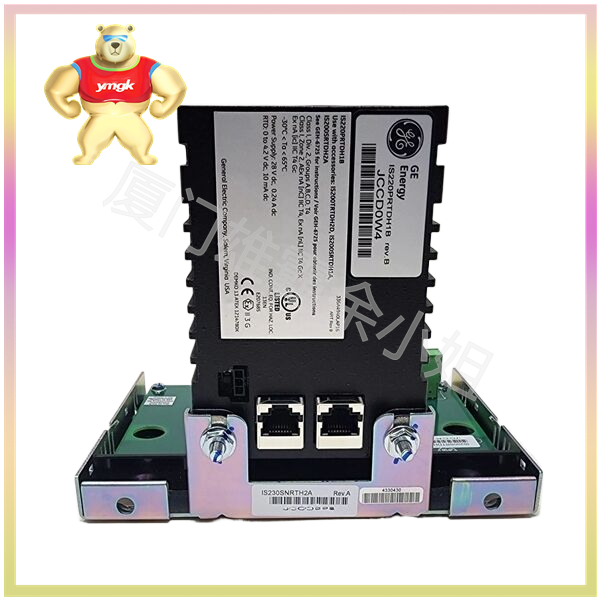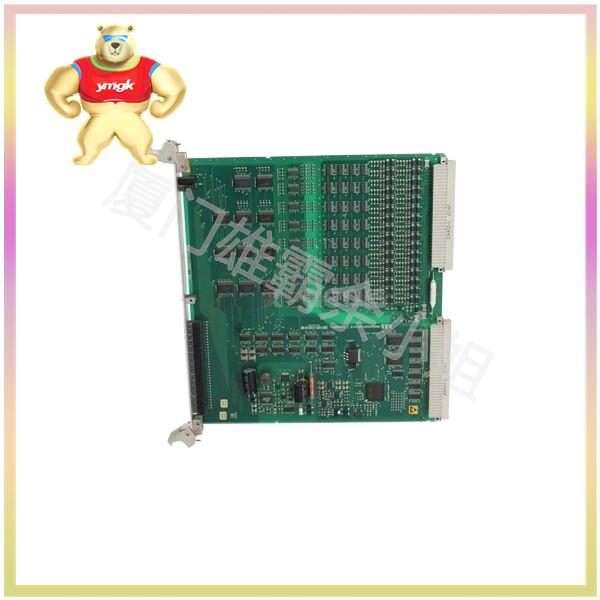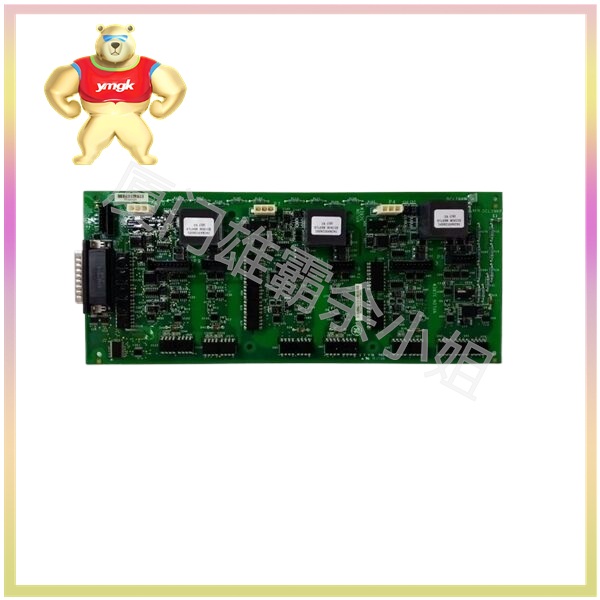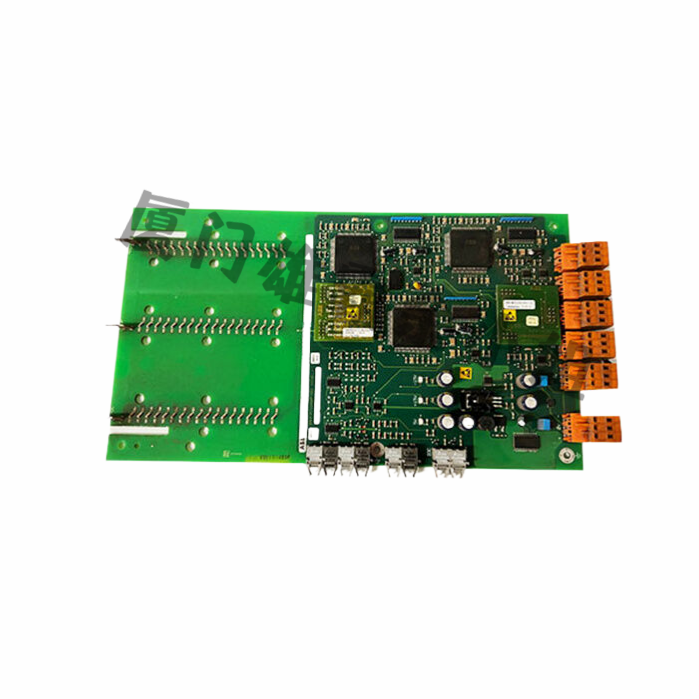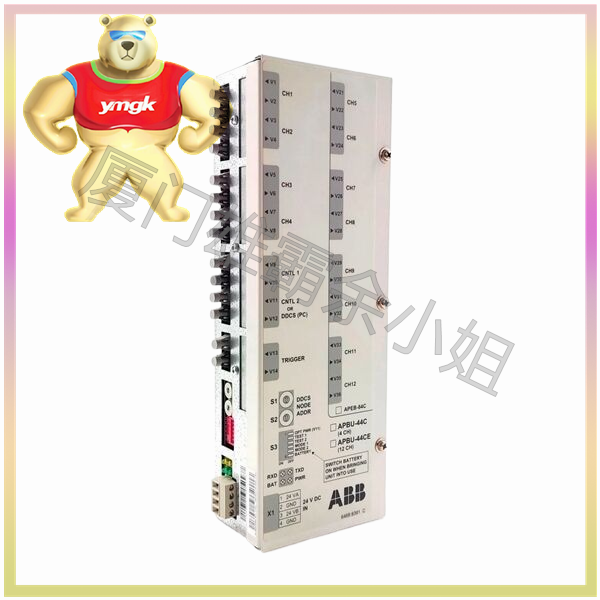Voltage relay
The working principle of voltage relay is based on the change of voltage in the circuit to trigger the action of the relay. When the voltage in the circuit exceeds or falls below the set value, the electromagnetic system of the voltage relay will generate corresponding electromagnetic force, thereby changing the on/off state of the contacts. Specifically, when the voltage reaches the set value, the iron core will attract the tongue, the relay will act, the contacts will close or open, and the control circuit will be turned on and off.
Voltage relays can be divided into overvoltage relays and undervoltage relays based on input and characteristic quantities. The former acts when the voltage value increases and reaches the set value, while the latter acts when the voltage value decreases and reaches the set value.
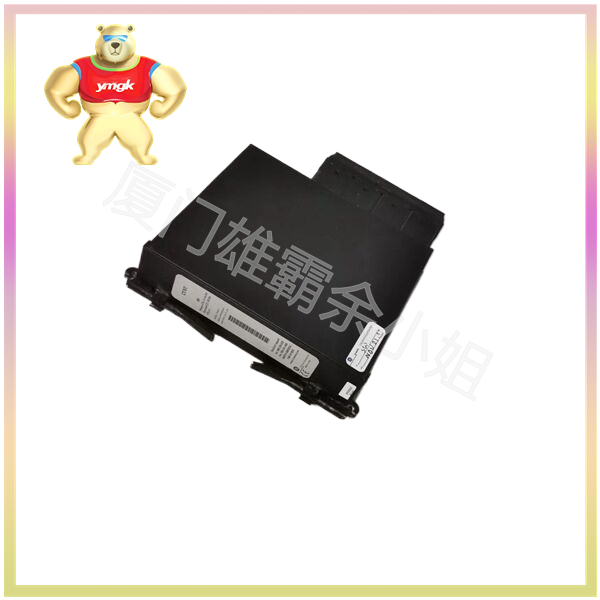
Current relay
The working principle of current relay is based on the change of current in the circuit to trigger the action of the relay. When the current in the circuit exceeds or falls below the set value, the electromagnetic system of the current relay will generate corresponding electromagnetic force, thereby changing the on/off state of the contacts. Specifically, when the current reaches or exceeds the set value, the relay will activate, closing the dynamic contact and disconnecting the dynamic contact. When the current drops to 0.8 times the set value, the relay returns, the dynamic contact opens, and the dynamic contact closes.
Current relays can be divided into electromagnetic current relays and static current relays according to their structural types; According to the installation method, it can be divided into rail current relays and fixed current relays; According to the current action, it can be divided into overcurrent relays and undercurrent relays.

